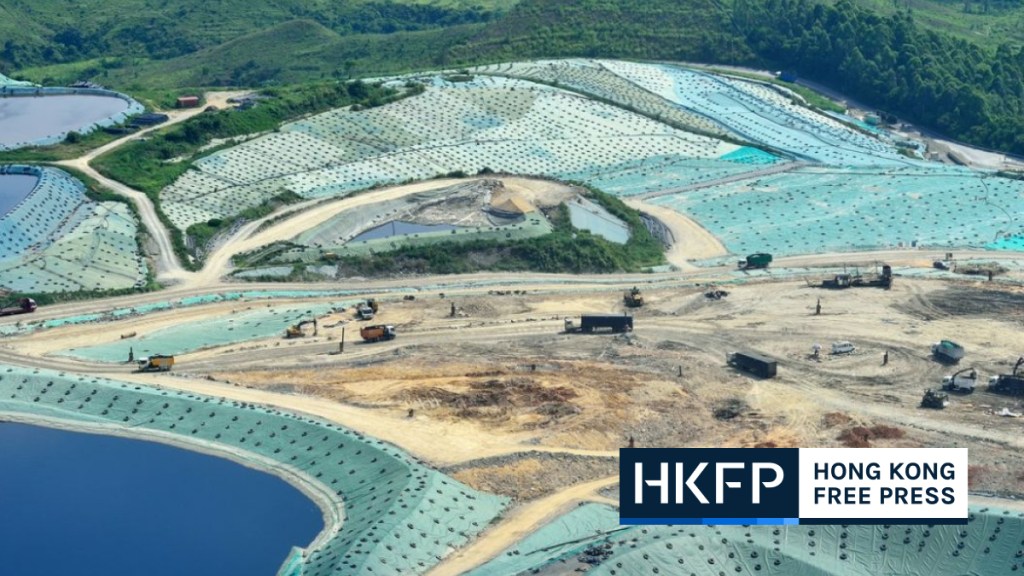Gyan Bahadur Budhamagar, a local from ward 3 of Taman Khola Rural Municipality in Baglung district, is in critical condition after sustaining injuries while battling a forest fire near his home last week. He, along with another villager who was also injured in the incident, are being treated at the burns hospital in Kirtipur, Kathmandu.
Doctors at Nepal Cleft and Burn Centre said both of them need to undergo multiple surgeries.
However, neither the victims nor their relatives accompanying them have money for medicines, surgery or even food. They have already spent everything they had.
“My sister-in-law [Budhamagar’s wife] told me on the phone that she could not arrange the money needed for the treatment. She sounded helpless,” said Sabitri Budhamagar, Gyan Bahadur’s cousin sister, adding, “She has instead sent two mana [around a kilo] of ghee.”
Many victims of forest fires across the country are facing financial hardships, unable to afford their treatment at hospitals.
In recent days, hundreds of forest fires are raging across the country and have destroyed hundreds of homes.
According to the National Disaster Risk Reduction and Management Authority, at least 10 people have been killed and scores injured in forest fires in various districts over the past 18 days.
Sabitri told the Post that Gyanbahadur is the sole breadwinner of his five-member family. He worked as a labourer to support his disabled mother, two small children, and wife.
When the victims were rushed to a health facility, Gyan Bahadur’s wife borrowed Rs 20,000 from neighbours, but the money was spent before they even reached Kathmandu, as the local hospital also charged for their treatment, according to Sabitri.
“We are struggling just to provide two meals a day to the patients,” she said, adding, “The victims have severe burns in their necks, faces and limbs.”
Of the three people injured in the Taman Khola forest fire, 48-year-old Dev Singh Kami died on the same day. The victims were attempting to douse a fierce forest fire that was moving towards the settlement.
“Most forest fire victims are impoverished villagers who can’t afford hefty hospital bills,” said Dilli Giri, secretary of the Federation of Community Forest Users Nepal.
“Although the government has acknowledged forest fires as a disaster, it has not recognised fire victims as disaster victims and provide support accordingly, due to which fire victims are not getting proper treatment.”
Wildfires in Nepal usually start from March, when farmers burn crop residue in the fields. The threat keeps growing until April-May, depending on precipitation.
During this period, thousands of fires occur throughout the country, but not all of them make it to government records.
“Every day people are getting injured or dying in forest fires,” said Giri. “We have seen a marked rise in forest fires this year.”
The federation said over a dozen people have been killed and dozens have been injured in forest fire incidents since the start of Baishakh (April 13).
On Tuesday, one person died and another was critically injured, while they were trying to douse fierce fire inside the Badikhel forest in Godawari Municipality in Lalitpur.
According to the Nepal Disaster Risk Reduction Portal of the Ministry of Home Affairs, at least 139 people died and over 600 have been injured in fire and forest fire-related incidents since April last year.
Among them, 69 men and 67 women died in fire-related incidents during this period.
The ministry has estimated that properties worth over Rs3 billion have been destroyed in these incidents.
Wildfires, common during the dry season, peak during April-May. Each year, the majority of the country’s forests—community-protected and others—witness wildfires.
Experts say that incidents of forest fires are likely to increase in the coming days due to ongoing dry conditions and little chance of heavy rainfall in the next few days.
Nepal’s valuable forests, which were restored after six decades of efforts, face a worsening wildfire crisis with scarce resources and nearly zero strategies to prevent or fight it. The country has increased forest coverage to 45 percent from around 41 percent in 2019. However, growing incidents of forest fires threaten this progress, according to experts.
Wildfires also threaten lives and livelihoods, ecology, and the environment, according to experts.











 English (US) ·
English (US) ·